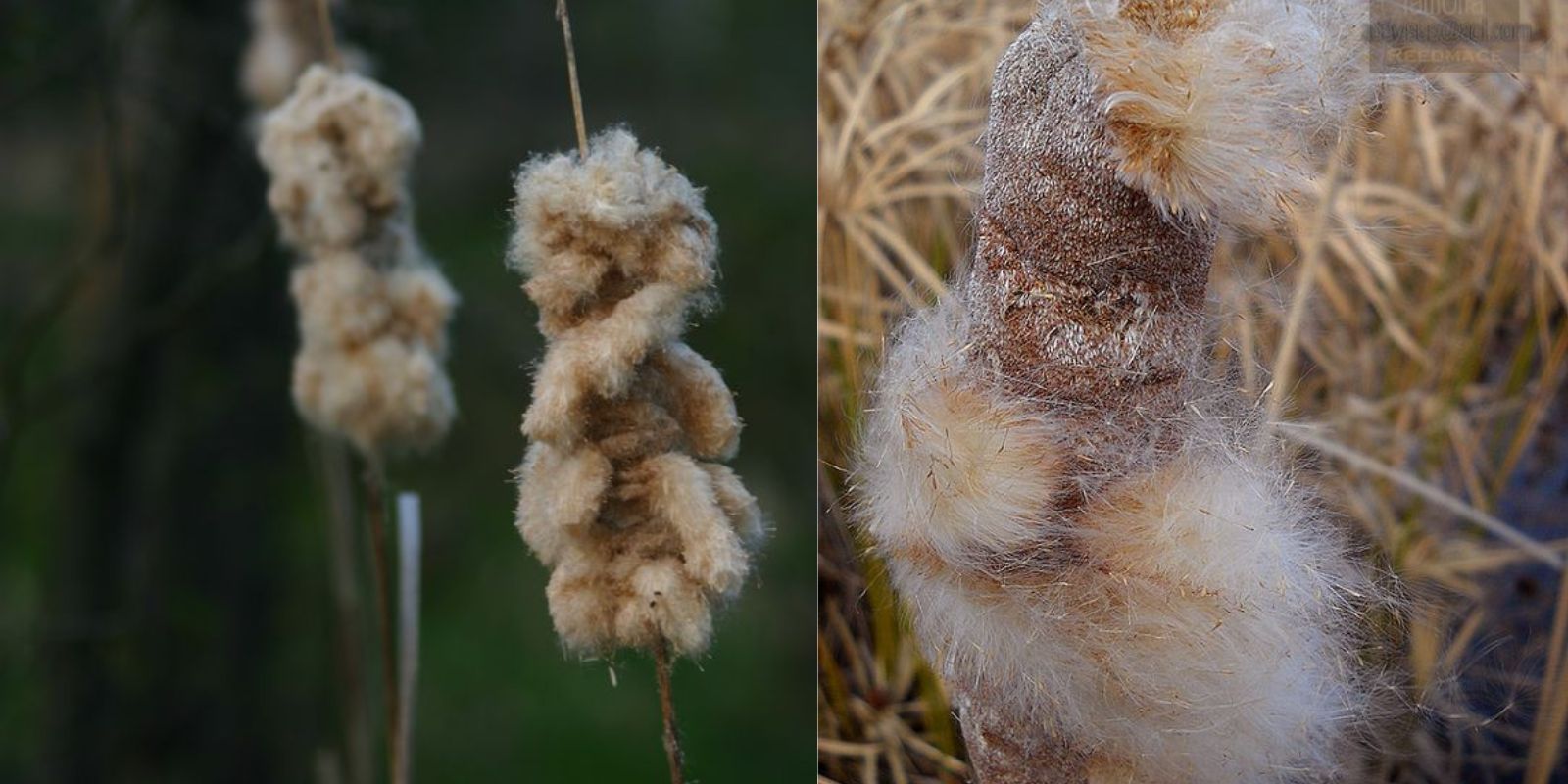Introduction
Cattails (Sparganium spp.) are iconic plants found in wetlands, ponds, and marshes across many regions. Recognizable by their tall, reed-like stems and distinctive brown seed heads, cattails are not only attractive but also highly functional in their ecosystems. They provide habitat for wildlife, help stabilize soil, and can even be used in various crafts. One of the most rewarding aspects of growing cattails is saving and propagating their seeds. This guide will walk you through everything you need to know about collecting, storing, and using cattail seeds.
Why Save Cattail Seeds?
Saving cattail seeds offers multiple benefits. It allows you to:
- Propagate Cattails: Cattail seeds can be used to grow new plants, enhancing the beauty and functionality of your garden or pond.
- Maintain Biodiversity: By growing more cattails, you contribute to the preservation of wetland ecosystems.
- Create DIY Projects: Cattail seeds can be used in various crafts and decorations, adding a natural touch to your projects.
Steps to Save Cattail Seeds
1. Identifying the Right Time to Harvest
Timing is crucial when harvesting cattail seeds. Cattail seed heads typically mature and turn brown in late summer to early fall. The seed heads become dry and fluffy, and the seeds inside are ready for collection. Harvesting too early or too late can impact seed quality and viability.
2. Harvesting Seeds
To harvest cattail seeds, follow these steps:
- Choose a Dry Day: Aim to collect seeds on a dry day to minimize moisture, which can lead to mold and decreased seed viability.
- Use Scissors or Pruners: Cut the seed heads from the cattail plants, making sure to leave a few inches of stem for easier handling.
- Collect in a Container: Gently tap or shake the seed heads over a container to collect the seeds. A large bowl or bucket works well for this purpose.
3. Cleaning the Seeds
Once you’ve collected the seeds, they need to be cleaned to remove any debris or plant material:
- Remove Debris: Gently sift through the seeds, removing any remaining plant material, such as bits of seed heads or stems. You can use a sieve or screen to help with this process.
- Separate Seeds: If the seeds are mixed with fluff, gently blow on the mixture or use a small fan to separate the seeds from the fluff. Be careful not to blow the seeds away.
4. Drying the Seeds
Proper drying is essential for seed storage and viability:
- Spread Out Seeds: Lay the cleaned seeds out on a paper towel, mesh screen, or a clean surface to dry. Ensure they are spread in a single layer to promote even drying.
- Ventilated Area: Place the seeds in a well-ventilated area, away from direct sunlight, to prevent overheating and ensure they dry evenly.
- Drying Time: Allow the seeds to dry completely for at least one to two weeks. This step is crucial to prevent mold and ensure the seeds remain viable.
5. Storing the Seeds
Once the seeds are thoroughly dried, they need to be stored properly to maintain their viability:
- Use Airtight Containers: Store the seeds in paper envelopes, glass jars, or airtight plastic containers. Label the containers with the date and type of seed.
- Cool, Dry Place: Keep the seeds in a cool, dry place. Avoid areas with high humidity or fluctuating temperatures, as these conditions can affect seed quality.
- Regular Checks: Occasionally check the seeds for signs of moisture or mold, and ensure the storage conditions remain optimal.
6. Planting Cattail Seeds
Cattail seeds can be planted in various ways, depending on your growing conditions:
- Direct Sowing: In spring, sow the seeds directly into a wet, sunny location or water garden. Press the seeds lightly into the soil or water surface, ensuring they have good contact for germination.
- Indoor Start: You can also start seeds indoors in seed trays with a seed-starting mix. Transplant the seedlings outdoors once they are strong enough and after the risk of frost has passed.
- Watering: Keep the soil or water surface consistently moist to support seed germination and seedling growth.
7. Troubleshooting Common Issues
- Low Germination Rates: If you experience low germination rates, check the seeds’ freshness and storage conditions. Some seeds may require stratification (cold treatment) to break dormancy.
- Pests and Diseases: Monitor seedlings for pests and diseases. Cattails are relatively hardy, but early intervention can prevent problems.
Conclusion
Saving cattail seeds is a fulfilling endeavor that supports the growth of these valuable plants and enhances your garden or pond’s ecosystem. By following these steps—harvesting at the right time, cleaning and drying properly, storing with care, and planting effectively—you can ensure a successful seed-saving process and enjoy the benefits of cattails for years to come. Whether you’re looking to propagate new plants, maintain wetland biodiversity, or engage in creative projects, cattail seeds offer numerous possibilities. Start saving and growing today to make the most of this versatile and resilient plant!

